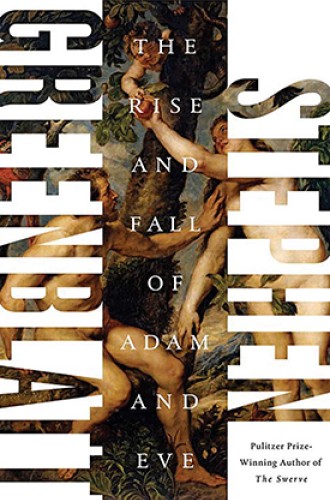The many lives of Adam and Eve
Stephen Greenblatt weaves an impressive—but incomplete—tapestry of interpretations of the story of the Fall.
Many people today view the biblical story of the first man and woman to be a charming if fanciful tale. But over 2,000 years ago, when Jews and then Christians began to record their interpretations of the scriptures, Adam and Eve’s fall was broadly regarded as a devastating story that held the secrets to human existence. These interpreters came to believe that if they could understand the nature of this story, the doors to understanding would open. Questions about humanity’s relationship with the divine, the origin of sin, the source of human mortality, and the nature of sexuality would all be answered. For these readers, the story of Adam and Eve was a minefield of theological meaning.
As he weaves through early Jewish texts and early, medieval, and modern Christian texts and art, Stephen Greenblatt discerns a pattern of interpretation that alternated between symbolic and literal readings, marked by a few significant turning points. While Jews and Christians in ancient times read the story metaphorically, Christians following Augustine read the story as a cautionary tale that was also historically accurate. In the Enlightenment, however, interpreters returned to the notion that the story of Adam and Eve was only a myth.
Greenblatt is a master of close analysis. His passing comment that Adam and Eve possess the capacity to speak at the moment they are created is an insight that many of us miss when reading the story. And it’s a significant one: it raises questions about Adam and Eve’s relationship with the animal kingdom, which is not created with ability to speak, and about the methods by which the author chooses to include or exclude various aspects of the story. It also suggests that the story was never meant to be read as a historical archive.





